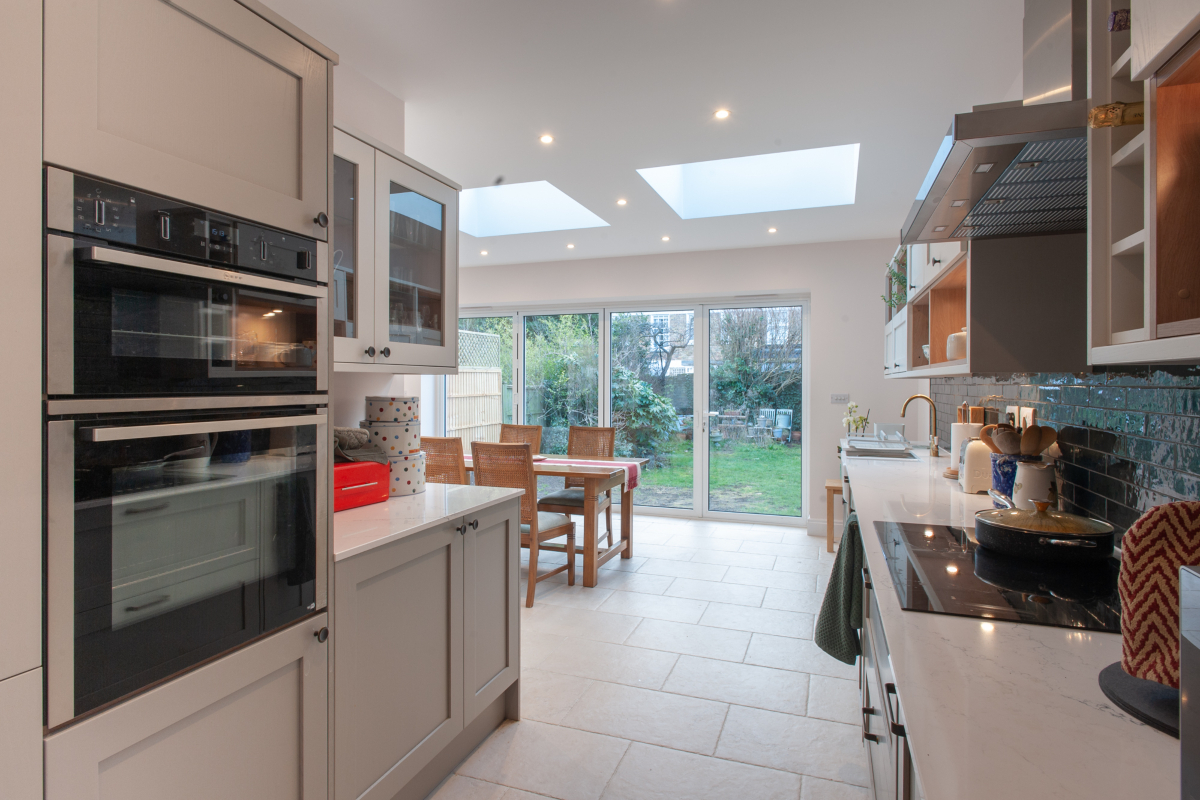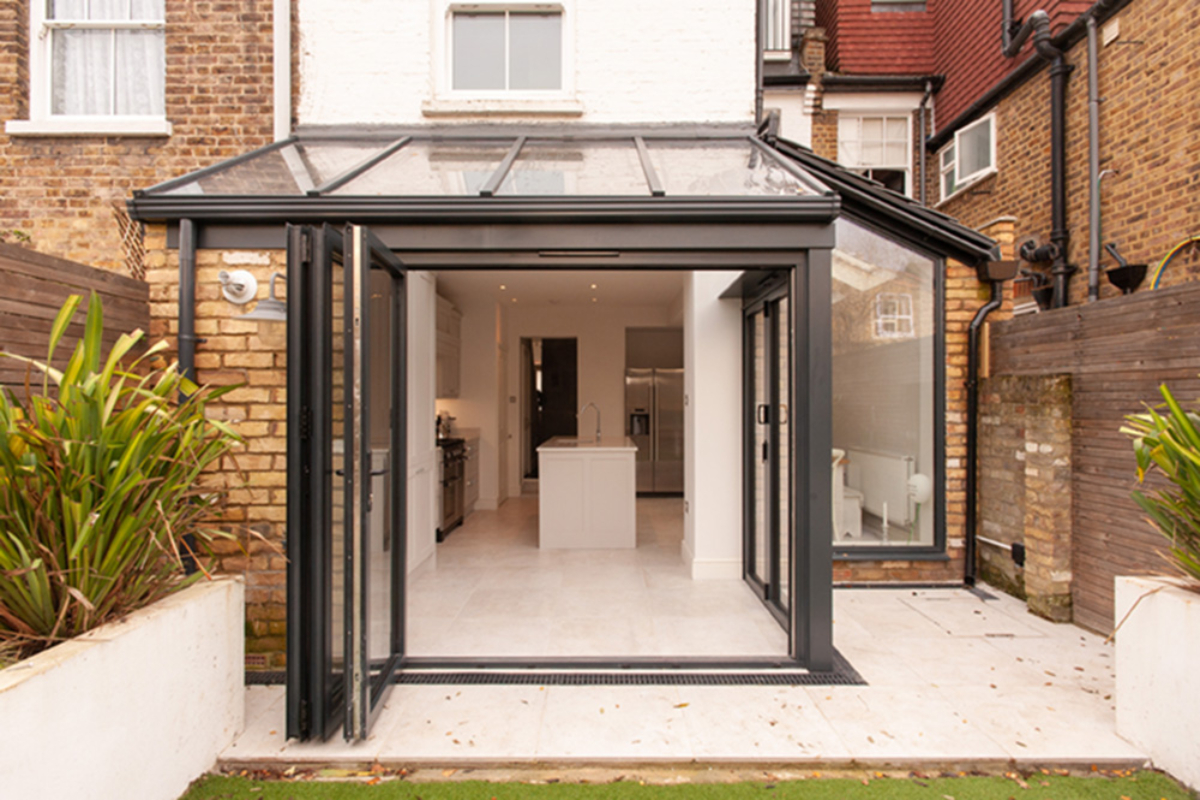Underfloor heating has become one of the most popular ways of heating a home. Even though it seems very luxurious, it is also the most efficient way of modern day heating. Below are some pros and cons you need to know before getting it for your home.
What is underfloor heating?
Underfloor heating can either be used to warm your floor or simply as the primary source of heating your home, replacing the traditional radiators. It mainly uses radiant heat, which is not only a comfortable form of heating but also evenly distributes warmth throughout the room.
Pros of underfloor heating
Proven to be energy efficient

Underfloor heating is a smarter, energy efficient and cost-effective way to heat your home. UFH uses radiant heat technology to gently warm the room from the ground up, in a considerably more energy-efficient manner.
There are two types of radiant heating systems: electric and water-based. Both the systems provide continuous, effective heating in a room from the floor up. Warm water systems generate heat by running hot water via pipes, whereas electric underfloor heating generates heat by heating wiring beneath the floor.
Traditional radiators have you use temperatures of up to 75°C, whereas an underfloor heating system has to use a much lower and safer surface temperature of 25-27°C, depending on the floor finish. As a result, you’ll use less energy keeping your energy bills low.
Unlike underfloor heating, traditional radiators use convection to circulate energy. Which heats the air above and surrounding the radiator at a considerably higher temperature. As a result of the warm air rising above, the floor of the room remains the coolest spot, with the majority of warm air at the ceiling level. On the contrary, underfloor heating solves the issue ensuring there are no more cool spots
It is easy to install

Underfloor heating installation is easier than you may think. It is suitable for old houses going through complete refurbishment or new built spaces. The installation can take as little as 1-2 days depending on the space, scope of the project and type of heating system being installed.
It is important that you hire a professional who has experience working with installations of underfloor heating. This will save you time, money and put your mind at ease knowing your home is in good hands.
Adaptable to different floor types

Everyone wants the freedom to design their home as per their wish. Underfloor heating gives you the liberty to go all out and choose any type of floor covering you want as it works best with laminate, wood, tile, stone,vinyl, carpet and more, giving you the full freedom to make the most out of the walls and the floor.
Very easy to maintain
The best thing about UFH is that it is largely maintenance free and might need minimal servicing once in a while. Hence, giving you a total piece of mind.
The heating is extremely easy to operate with the thermostat, where you can set the desired temperature you want the room to be heated at and the time you want the heating to be turned off. This way you won’t have to worry about switching off the heating everyday before you leave for work.
Electric heating systems may require minimum to no maintenance however, the water heating system may need a check once in a while to make sure everything is working efficiently.
Cons of underfloor heating
Higher initial cost and time
Electrical systems take less installation time as compared to water- based heating. It can be installed in mere 1-2 days. The cost of installation will depend on many factors like the system you have chosen, the size of the room and fee of the installer you have hired. In addition you will also need a skilled electrician to connect your system with the power supply, the cost will vary upon the fees of the electrician. The upfront cost of the electrical system is far less than a water-based system. However, the running cost of it is more expensive than the water system.
Some electric underfloor heating systems require the application of a self-levelling compound, so should consider the time it takes for this to dry thoroughly before installing the floor covering. It generally takes a day or two.
Water- based system takes longer time and cost to be installed due to its complex engineering and installation requirements. Which means, the initial cost will be much higher to that of an electrical system but the running cost is much lesser.
Manipulates the floor height
When considering retrofitting underfloor heating, one typical concern is the effect the system may have on floor heights. For example, some systems have a small height and can be installed without affecting the floor level, while other systems require more area as they are slightly thicker and can raise the floor level very slightly.
Water underfloor heating systems are often recommended for new-build projects since they require a deeper installation process involving screeding.
Underfloor insulations can raise floor heights, however there are Insulation Board options available in thicknesses as little as 6mm.
Is underfloor heating worth it?
Underfloor heating is a clean, easy and efficient way of heating for your home. Regardless of whether your home is new build or under complete refurbishment, you can have the UFH installed.
There is no comparison between an electric -based system and a water-based system. Electrical systems have lower installation cost and higher running cost whereas water systems have higher installation cost and lower running cost.
It is important to keep in mind that any underfloor heating may cost more than installing a traditional radiator. But in the long term, you will eventually end up saving a lot on your energy bills with UFH.
If you’re thinking of adding the luxury of UFH to your home, we are here to help! Book a free consultation today.




